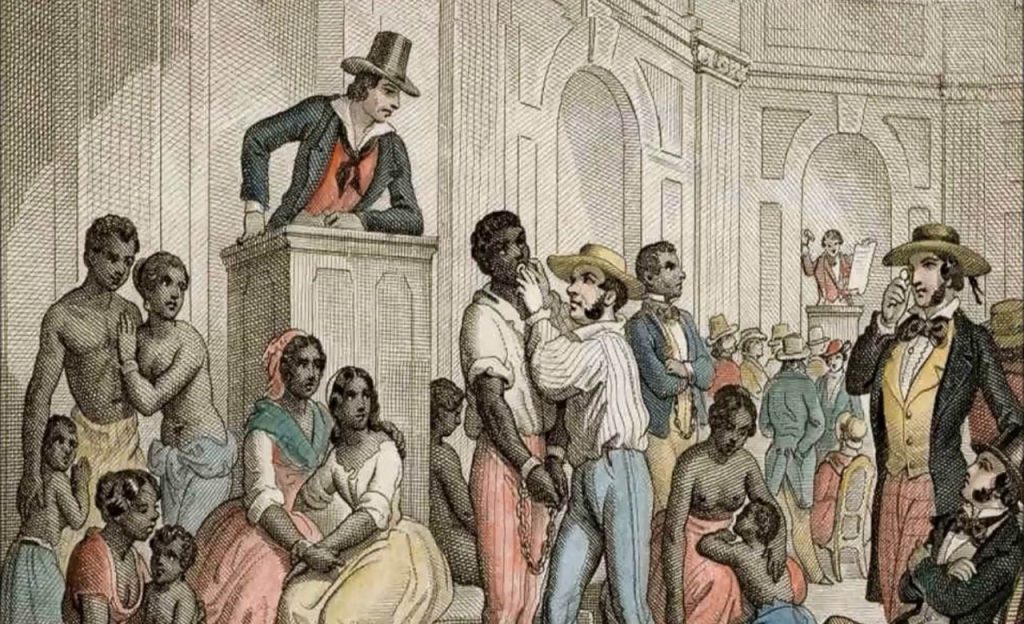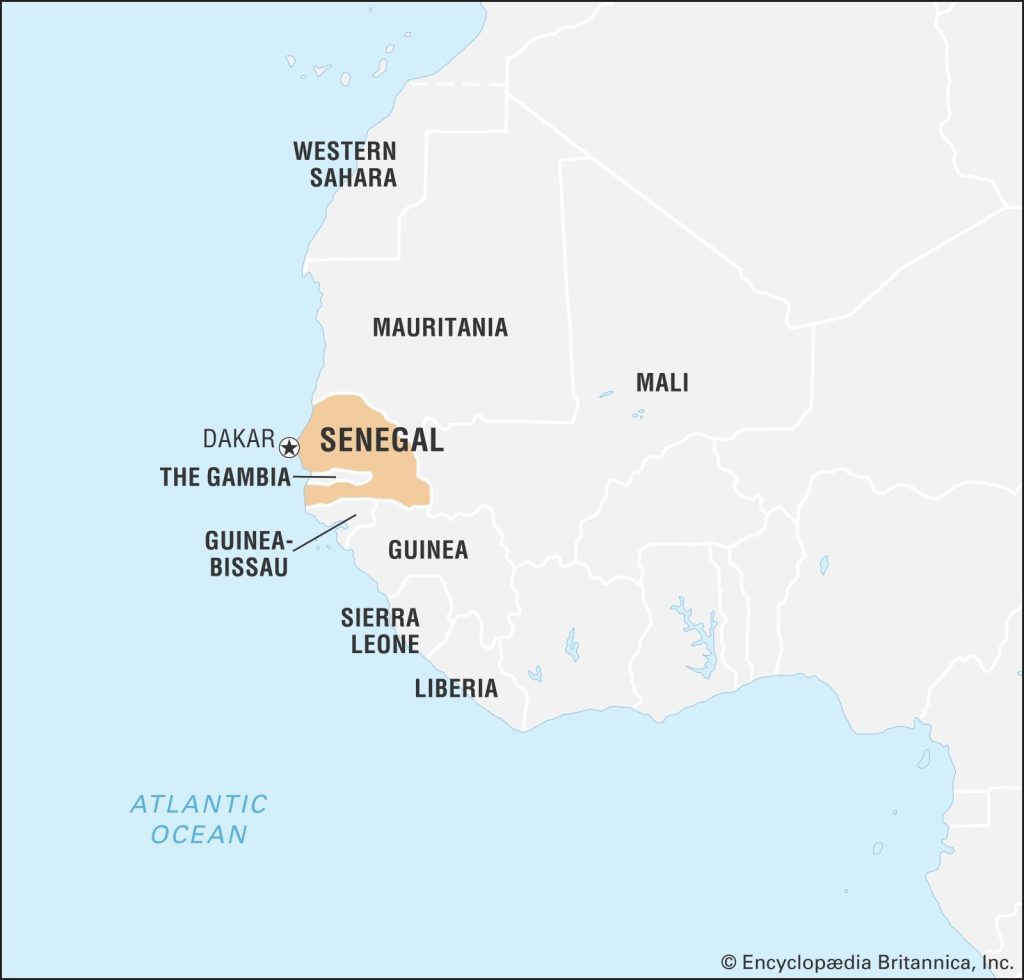Senegal, located on the western coast of Africa, has a rich and complex history that spans thousands of years. The region that is now Senegal has been inhabited by various ethnic groups and has seen the rise and fall of empires, European colonization, and struggles for independence.
Ancient and Pre-Colonial Period:
The history of Senegal dates back to ancient times when it was inhabited by various ethnic groups, including the Serer, Wolof, and Mandinka. The region was part of the trans-Saharan trade network, facilitating the exchange of goods, culture, and ideas.
Medieval Empires:
In the Middle Ages, powerful empires emerged in the Senegambian region. Notably, the Ghana Empire (not to be confused with modern-day Ghana) and the Mali Empire exerted significant influence. The Mali Empire, under the leadership of Mansa Musa, became known for its wealth and cultural achievements.
European Contact and Colonization:
European contact began in the 15th century when Portuguese explorers arrived on the Senegalese coast. Over time, the Dutch, French, and British established trading posts and forts along the coast, leading to the colonization of the region. The French established their dominance and established the colony of Senegal in the mid-19th century.
Colonial Rule and Struggle for Independence:
Senegal, along with other French colonies, experienced exploitation and oppression under colonial rule. The rise of nationalist movements and anti-colonial sentiments eventually led to the formation of political parties advocating for independence. In 1960, Senegal gained full independence from France, becoming the Republic of Senegal with Léopold Sédar Senghor as its first president.
Post-Independence Era:
Senegal’s post-independence era was characterized by political stability compared to many other African countries. Senghor pursued a policy of négritude, celebrating African culture and promoting a sense of national identity. In the late 20th century, Senegal faced economic challenges, prompting shifts in economic policies and increased efforts toward development.
Contemporary Period:
Senegal has maintained a relatively stable political environment since independence, with peaceful transitions of power through democratic elections. The country has played a role in regional peacekeeping efforts and has been a hub for cultural and artistic expression. However, Senegal still faces economic and social challenges, including poverty, unemployment, and issues related to healthcare and education.
In summary, Senegal’s history is a tapestry of ancient civilizations, medieval empires, European colonization, and the struggle for independence. The country’s journey from its ancient roots to its present status as an independent nation reflects the resilience and complexity of its people and culture.

LOCATION OF SENEGAL
Senegal is a country situated on the western coast of Africa, bordering the North Atlantic Ocean to the west. It is bounded by Mauritania to the north and northeast, Mali to the east, and Guinea and Guinea-Bissau to the south. The country also shares a narrow border with The Gambia, a small enclave situated within Senegal’s territory. With a geographic coordinates of approximately 14.4974° N latitude and 14.4524° W longitude, Senegal occupies a strategic position that allows it to be a gateway between North Africa and the rest of the continent. The capital city, Dakar, is located on the Cape Verde Peninsula on the country’s most western point, jutting out into the Atlantic Ocean. This coastal location has historically influenced Senegal’s economic and cultural interactions with both African and global partners (Central Intelligence Agency, 2021).
Senegal’s geographical position has contributed to its historical role as a trade and cultural hub, facilitating connections between North and West Africa, as well as interactions with European nations and other parts of the world. Its coastal location has made it an important center for maritime trade and exchange. Furthermore, Senegal’s proximity to the Atlantic Ocean has had a significant impact on its climate and weather patterns. The ocean’s moderating effect on temperatures and its influence on prevailing winds have contributed to Senegal’s diverse ecosystems, ranging from coastal wetlands to savannas further inland (National Geographic Society, 2021).
The geographical location of Senegal has also influenced its economic activities and development. Its access to the ocean has supported fishing and seafood industries, while its historical trade connections have encouraged the growth of agriculture, manufacturing, and services sectors. The country’s ports, especially in Dakar, have facilitated international trade and played a crucial role in connecting Senegal to global markets (World Bank, 2021).
In conclusion, Senegal’s location on the western coast of Africa, with its borders touching the North Atlantic Ocean, Mauritania, Mali, Guinea, Guinea-Bissau, and The Gambia, has been a central factor in shaping its history, culture, trade, and development. Its coastal position, with Dakar as its capital, has fostered connections with various regions, contributing to its status as a cultural and economic crossroads.

CLIMATE OF SENEGAL
Senegal, located in West Africa, experiences a tropical climate primarily characterized by distinct wet and dry seasons. The climate is influenced by various factors, including its proximity to the Atlantic Ocean, the West African Monsoon, and the Sahara Desert.
Rainy Season:
The rainy season in Senegal typically lasts from June to October. During this period, the West African Monsoon brings moisture-laden winds from the ocean, leading to increased rainfall. The southern regions of Senegal receive the highest amount of rainfall, with Dakar, the capital city located along the coast, experiencing an average of around 400-600mm of rainfall during this season. This wet period is crucial for agricultural activities, as it supports the growth of crops and replenishes water resources.
Dry Season:
The dry season, which runs from November to May, is characterized by low humidity and minimal rainfall. The Harmattan wind, originating from the Sahara Desert, brings dry and dusty conditions to Senegal during this time. Temperatures can rise significantly, with daytime highs often exceeding 30°C (86°F) in coastal areas and reaching even higher temperatures in the interior regions. The dry season is a challenging period for agriculture, as water scarcity becomes a significant concern.
Temperature Variation:
Senegal experiences relatively stable temperatures throughout the year, with coastal areas being more temperate compared to the interior regions. Coastal regions, including Dakar, have milder temperatures due to the moderating influence of the Atlantic Ocean. Inland areas, particularly in the northern parts of the country, can experience greater temperature extremes, with daytime temperatures soaring above 40°C (104°F) during the hottest months.
Climate Variability and Change:
It’s important to note that Senegal, like many other regions, is susceptible to climate variability and change. Climate change can potentially lead to shifts in rainfall patterns, increased frequency of extreme weather events, and rising temperatures. These changes can have profound implications for the country’s agriculture, water resources, and overall socio-economic development.
In conclusion, Senegal’s climate is characterized by distinct wet and dry seasons influenced by factors such as the West African Monsoon and the Sahara Desert’s influence. The rainy season from June to October brings much-needed moisture for agriculture, while the dry season from November to May is marked by low humidity and minimal rainfall. Coastal areas experience milder temperatures due to their proximity to the Atlantic Ocean, while inland regions can see more significant temperature variations. Climate variability and change pose challenges for the country’s development and sustainability.




